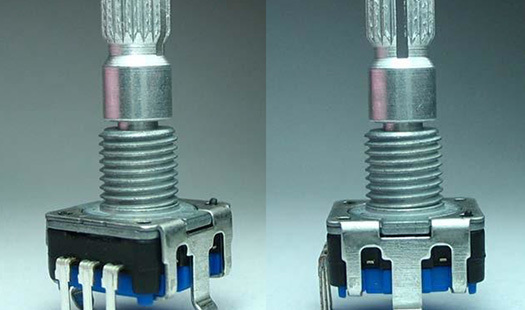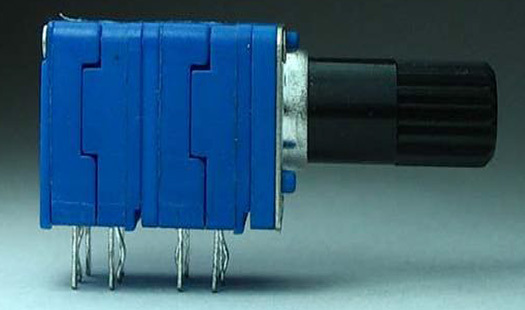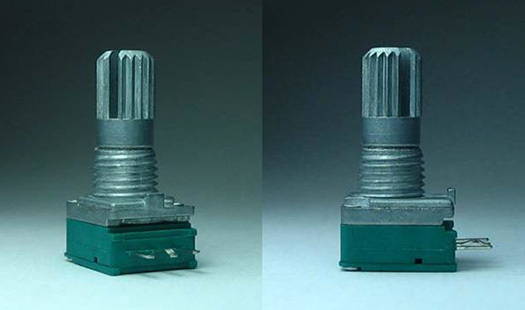Unlocking the Mysteries of the Hollow Encoder: Your FAQ Guide
Jun 08,2025
Introduction to the Hollow Encoder
Hey there, tech enthusiasts! If you’ve found yourself scratching your head over the Hollow Encoder, you’re not alone. This nifty little device has been making waves in various industries, but what exactly is it? Let’s break it down and tackle some of the most common questions.
What is a Hollow Encoder?
At its core, a Hollow Encoder is a sensor used for measuring the rotational position of an object. Think of it as the eyes of a machine, helping it understand where it is in space. Unlike traditional encoders, this one features a hollow shaft, making it easier to integrate into systems without bulky attachments. Pretty cool, right?
How Does a Hollow Encoder Work?
Alright, here’s the scoop. The Hollow Encoder utilizes optical or magnetic sensors to detect movement. As the shaft rotates, the encoder generates signals that can be interpreted by a controller. This allows for precise positioning and speed control, which is crucial in robotics and automation. It’s like having a compass that not only tells you where you’re going but also how fast!
Why Choose a Hollow Encoder?
Good question! There are a few perks to opting for a Hollow Encoder. Firstly, the hollow design allows for easier installation. You can bypass the need for couplings or additional components that often clutter machinery. Secondly, they’re incredibly versatile and can be used in a plethora of applications from motors to conveyor systems.
Applications of Hollow Encoders
- Robotics
- Industrial Automation
- Aerospace
- Medical Equipment
- Automotive Systems
Common Issues with Hollow Encoders
Now, let’s get real. No device is perfect, and the Hollow Encoder is no exception. Some users report issues like signal interference or calibration difficulties. But don’t throw in the towel just yet! Most of these challenges can be addressed with proper installation and regular maintenance.
Troubleshooting Your Hollow Encoder
If your Hollow Encoder isn’t performing as it should, here are a few tips to get it back on track:
- Check the Connections: Loose wires can lead to erratic behavior.
- Inspect for Damage: Look for signs of wear and tear.
- Recalibrate: Sometimes, a fresh calibration is all you need!
Cost Considerations
When it comes to price, you might be wondering, "How much is this going to set me back?" Well, the cost of a Hollow Encoder can vary based on features and specifications. On average, you can expect to spend anywhere from $50 to several hundred dollars. It’s always wise to compare models and features to find the best bang for your buck!
Conclusion
And there you have it! Whether you’re a seasoned engineer or a curious newbie, the Hollow Encoder is a fascinating topic worth diving into. If you’ve got more questions, don’t hesitate to reach out to experts in the field. After all, knowledge is power!
PREVIOUS:
More Information
More Information
RECOMMENDED










